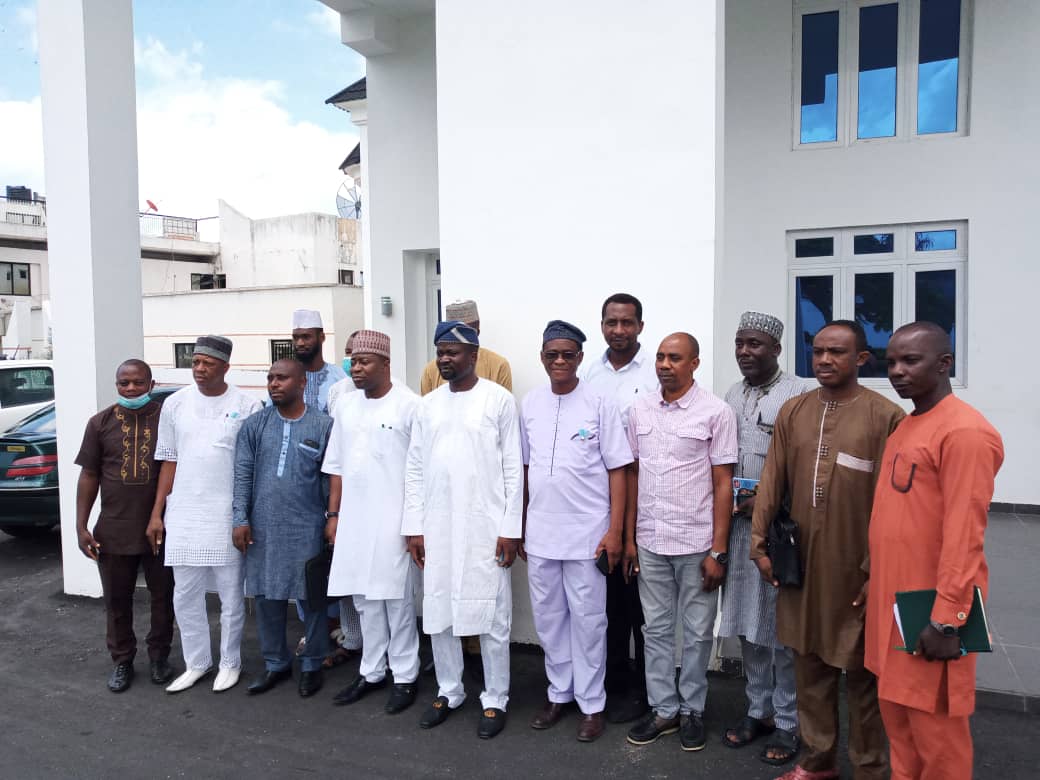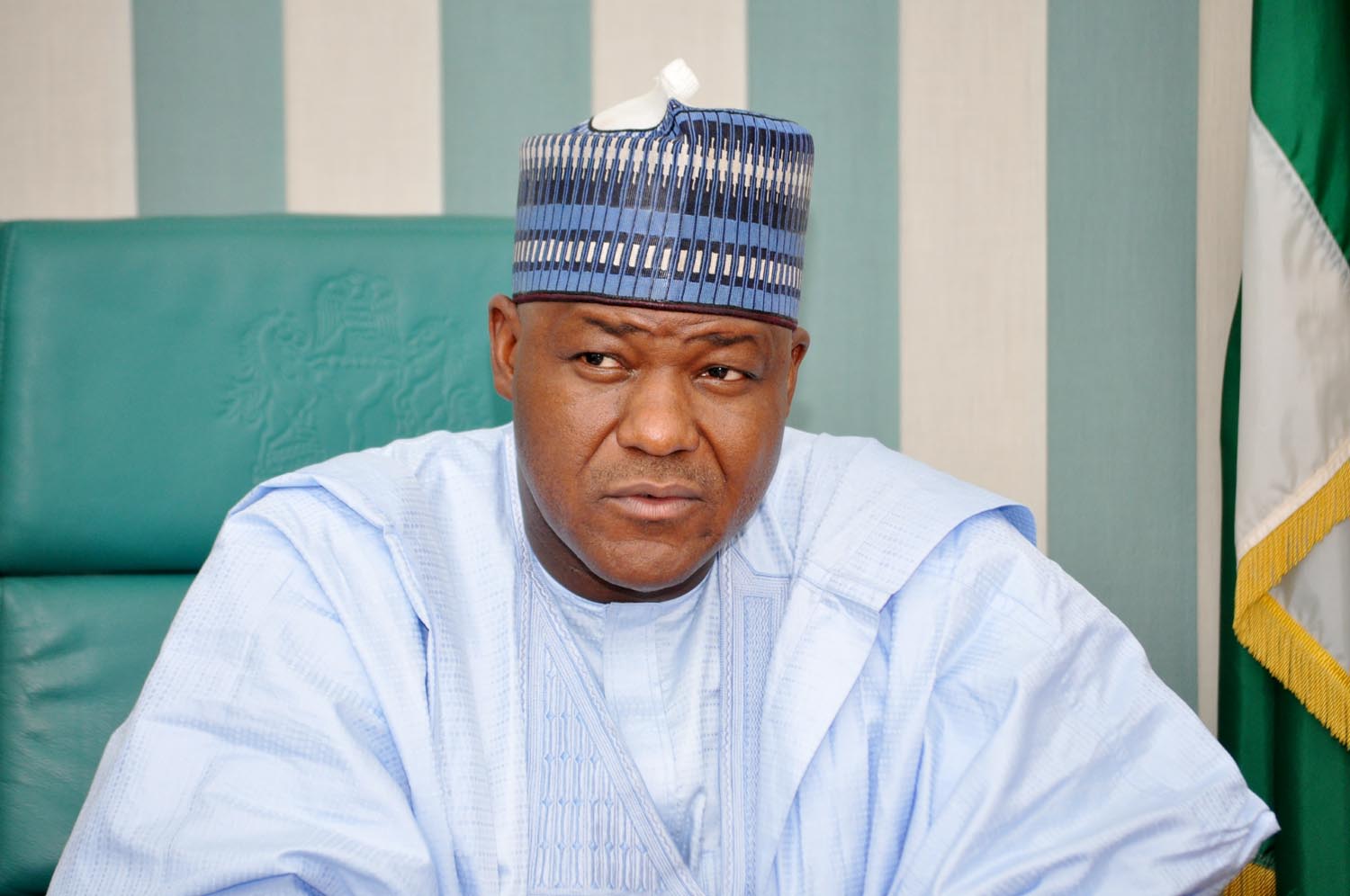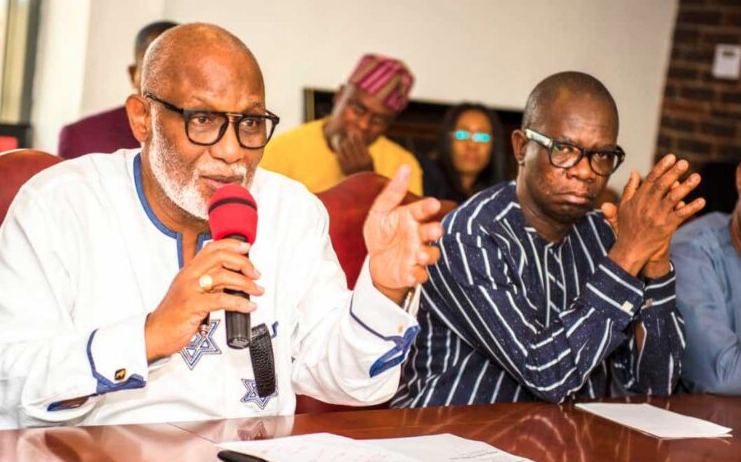The Kogi state government has set up committees for the implementation of the National Livestock Transformation Plan (NLTP).
The federal government had introduced NLTP as a way of addressing farmers-herders crisis.
In September 2019, NEC had proposed a budget of N100 billion for the implementation of the NLTP, with the federal government providing 80 percent of the fund and the remaining being the responsibility of the states.
Vice-President Yemi Osinbajo subsequently launched the plan in Adamawa state.
Advertisement
On Friday, Yahaya Bello, governor of Kogi, inaugurated state steering and project committees.
The steering committee is made up of 10 members while the project committee consists of 11 members.
During the inauguration, the governor said: “the project would also build the potentials of farmers for improved yields, enhance peaceful coexistence and promote the production of leguminous crops such as soya bean which is an important ingredient in the manufacturing of poultry, fishery and livestock feeds.
Advertisement
“The steering committee would serve as governing board and policy trust formulators based on the national livestock transformation guidelines while the project management committee office would carry out the implementation guidelines and manage the day to day activities of the project in the state.”
Bello charged members of the committees to work for the success of the project in the state, saying the overriding objective of the project is towards achieving food security through improved diary production.
In their separate remarks, Asiwaju Idris, commissioner for finance, budget and economic development and Yakubu Okala, auditor general, expressed confidence in the ability of the state coordination office led by Olufemi Bolarin, an agricultural economist, “to turn the vision of the project into a resounding success in the state.”
Prior to his appointment as the project coordinator for the state, Bolarin, a former commissioner of agriculture and a senior lecturer of agricultural extension and rural development, had worked extensively in Africa livestock in Botswana, Namibia and South Africa.
Advertisement
Add a comment






